Becoming a helicopter pilot necessitates a blend of educational attainment and specialized training. Typically, aspiring helicopter pilots begin by acquiring a high school diploma or General Equivalency Diploma (GED).
Following high school, they may opt to pursue a college degree in aviation or a related field, although this is not always a mandatory requirement.
Contents
Many helicopter pilots also enroll in flight schools or academies that specialize in helicopter training, which usually comprise both theoretical classroom instruction and practical hands-on flight training.
The duration of these programs can vary from six months to two years.
In addition to formal education, helicopter pilots must also obtain a commercial pilot’s license with a helicopter rating from the Federal Aviation Administration (FAA).
This necessitates a minimum of 150 hours of flight time, including 100 hours as pilot-in-command, as well as successfully passing written and practical examinations.
Some pilots may also choose to pursue additional certifications, such as instrument or flight instructor ratings, to enhance their job prospects and earning potential.
Beautiful Helicopter T-shirt

Solid colors: 100% Cotton; Heather Grey: 90% Cotton, 10% Polyester; Dark Heather and Heather Blue: 50% Cotton, 50% Polyester; OR Dark Heather, Heather Blue and All Other Heathers: 65% Polyester, 35% Cotton; Girls’ Heathers: 60% Cotton, 40% Polyester

Solid colors: 100% Cotton; Heather Grey: 90% Cotton, 10% Polyester; Dark Heather and Heather Blue: 50% Cotton, 50% Polyester; OR Dark Heather, Heather Blue and All Other Heathers: 65% Polyester, 35% Cotton; Girls’ Heathers: 60% Cotton, 40% Polyester

Solid colors: 100% Cotton; Heather Grey: 90% Cotton, 10% Polyester; Dark Heather and Heather Blue: 50% Cotton, 50% Polyester; OR Dark Heather, Heather Blue and All Other Heathers: 65% Polyester, 35% Cotton; Girls’ Heathers: 60% Cotton, 40% Polyester
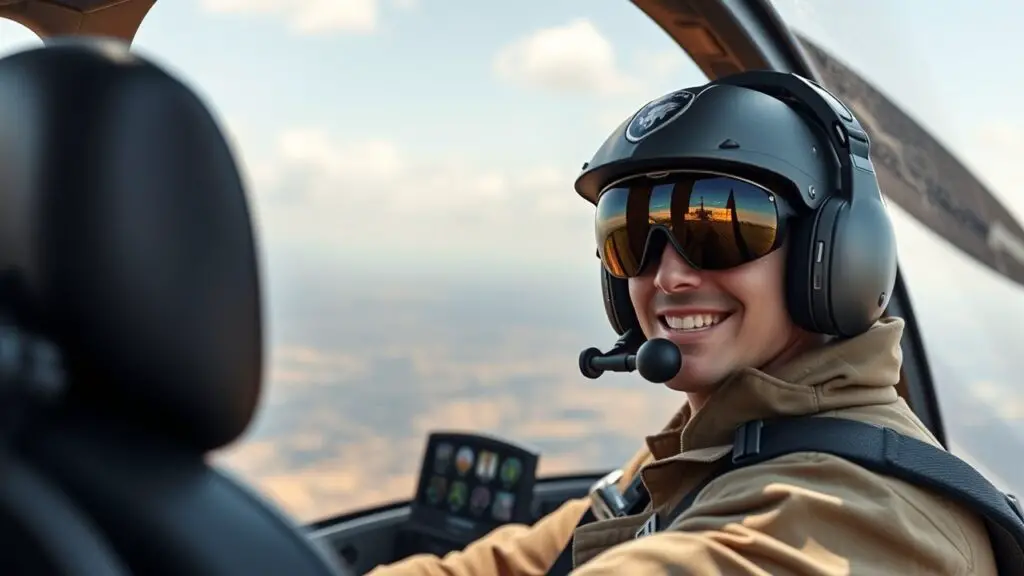
Licensing and Certification Process
Written Exams and Practical Flight Test
This practical flight test is a crucial step in the process of becoming a certified helicopter pilot.
During the test, pilots must showcase their skills in handling the helicopter, including take-offs, landings, and maneuvers in different weather conditions.
The FAA examiner will also evaluate the pilot’s decision-making abilities and their overall understanding of aviation regulations and safety procedures.
Passing this flight test is a significant achievement and demonstrates the pilot’s readiness to operate a helicopter safely and effectively.
Expanding Career Opportunities
After obtaining their commercial pilot’s license, many helicopter pilots choose to pursue additional certifications to expand their career opportunities.
For example, an instrument rating allows pilots to fly in low-visibility conditions, while a flight instructor rating allows them to teach others how to fly helicopters.
Additional Training and Testing
Obtaining these certifications often involves completing specialized courses and passing rigorous exams, but the effort can be well worth it.
Not only do these certifications demonstrate a high level of expertise and dedication.
But they can also enhance job prospects and lead to opportunities for career growth and higher earning potential within the industry.
Additionally, they can provide professionals with the knowledge and skills needed to take on more challenging roles and responsibilities.
Ultimately contributing to their overall professional development and success.
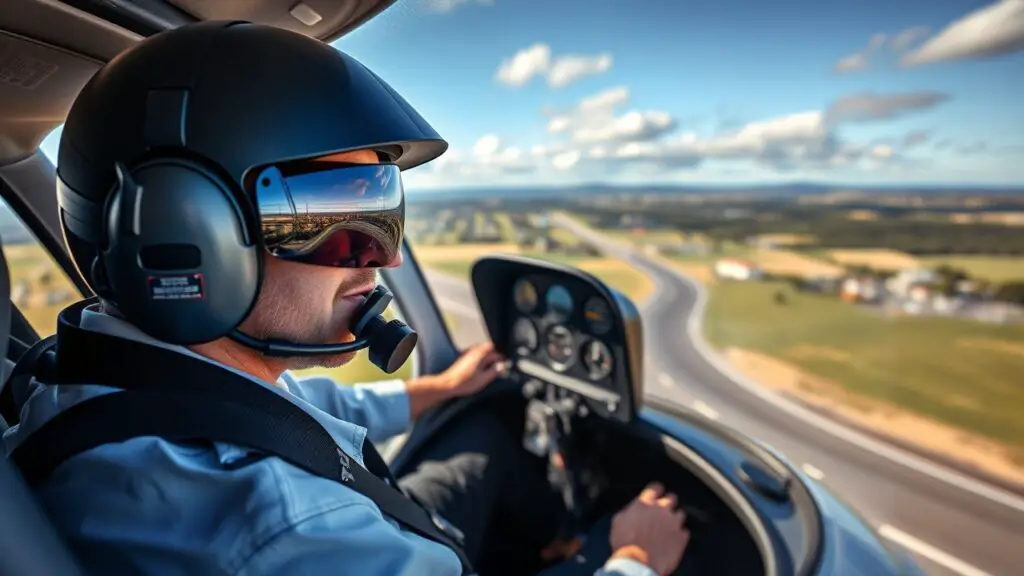
Skills and Qualities Needed
Becoming a successful helicopter pilot requires a unique set of skills and qualities. Pilots must have excellent hand-eye coordination and spatial awareness, as well as the ability to make quick decisions under pressure.
They must also have strong communication skills, both for working with air traffic control and for interacting with passengers or crew members.
Additionally, helicopter pilots must be detail-oriented and safety-conscious, as even small mistakes can have serious consequences in the aviation industry.
In addition to technical skills, successful helicopter pilots also possess certain personal qualities that contribute to their effectiveness in the cockpit.
They must be self-disciplined and able to work independently, as well as able to work well as part of a team when flying with other crew members.
They must also be adaptable and able to handle unexpected challenges, as flying conditions can change rapidly and unpredictably.
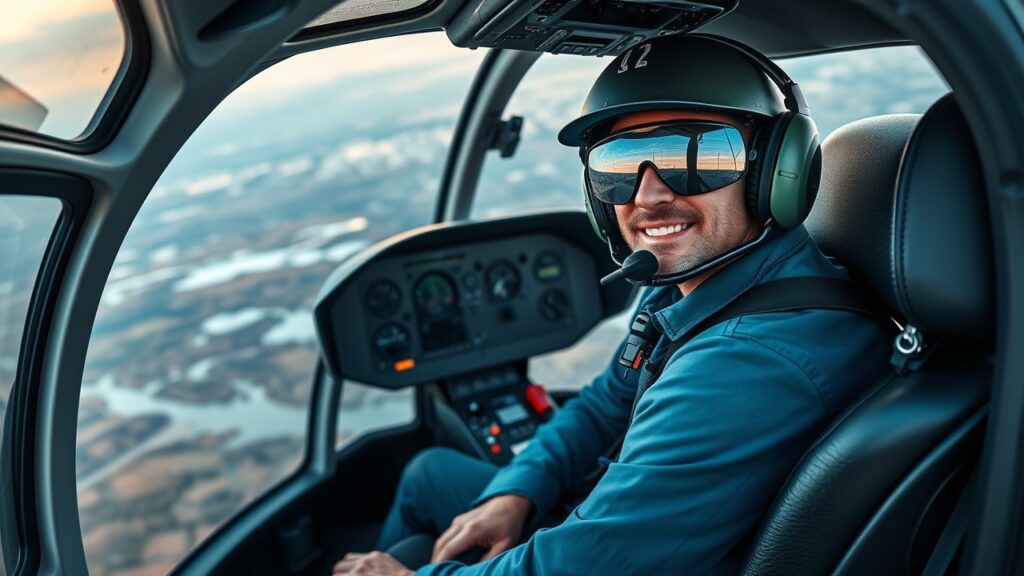
Physical and Mental Fitness
Helicopter pilots must meet certain physical and mental fitness requirements in order to obtain and maintain their licenses.
The FAA sets specific medical standards that pilots must meet in order to be eligible for certification.
These standards include good vision, hearing, and overall physical health, as well as the absence of certain medical conditions that could impair a pilot’s ability to fly safely.
In addition to physical fitness, helicopter pilots must also maintain good mental health and emotional stability.
The demanding nature of the job, including long hours and exposure to stressful situations, requires pilots to be mentally resilient and able to cope with the pressures of the job.
Many pilots also undergo regular psychological evaluations to ensure that they are fit to fly.

Career Opportunities and Advancement
Helicopter pilots have a wide range of career opportunities available to them. Many pilots start their careers working for tour companies, providing sightseeing flights or transportation to remote locations.
Others work for law enforcement agencies or emergency medical services, providing aerial support for search and rescue missions or medical transport.
Some pilots also work in the offshore oil and gas industry, transporting workers to and from offshore platforms.
As pilots gain experience and additional certifications, they may have the opportunity to advance into more specialized or higher-paying roles within the industry. For example, some pilots become flight instructors, teaching others how to fly helicopters.
Others may become chief pilots or directors of operations for aviation companies, overseeing flight operations and ensuring compliance with safety regulations.
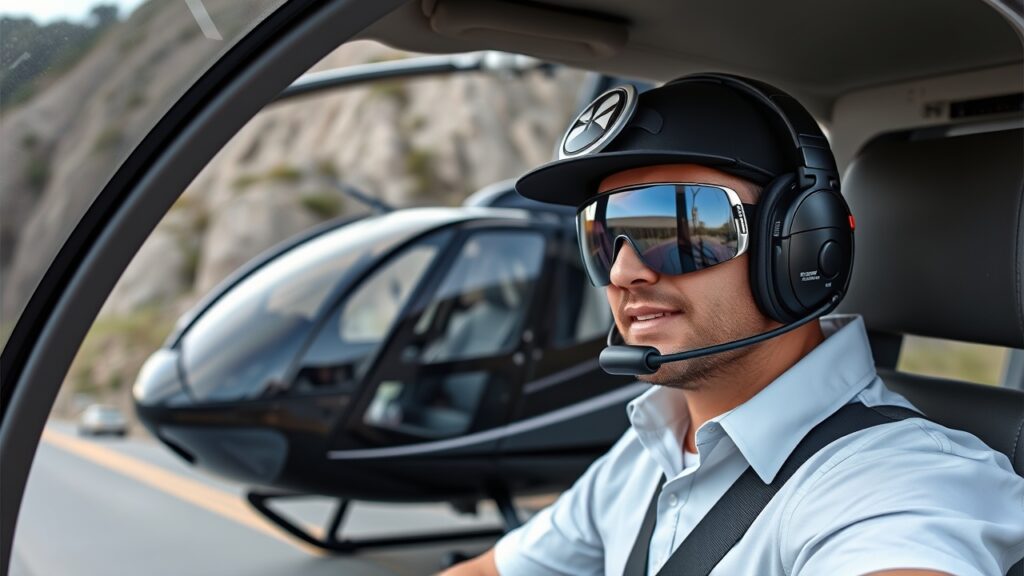
Cost and Time Commitment
Financial Investment
The cost of flight training can be substantial, ranging from $50,000 to $100,000 or more, depending on the program and location.
Additionally, pilots must also consider the cost of obtaining their commercial pilot’s license and any additional certifications they may pursue.
Time Commitment
Becoming a helicopter pilot requires a considerable amount of time and dedication. The length of the training program can vary, taking anywhere from six months to two years to complete.
This timeframe depends on the student’s availability and the structure of the program. It involves rigorous training and practice to ensure that the pilot is fully equipped with the necessary skills and knowledge to safely operate a helicopter.
The commitment to becoming a helicopter pilot is significant, but the reward of being able to fly such a versatile aircraft makes it all worthwhile.
Flight Experience Requirements
To obtain their commercial pilot’s license, pilots must log a minimum of 150 hours of flight time, which can take several months or even years to accumulate.
This significant time commitment is essential to ensure pilots have the necessary skills and experience to operate a helicopter safely and efficiently.
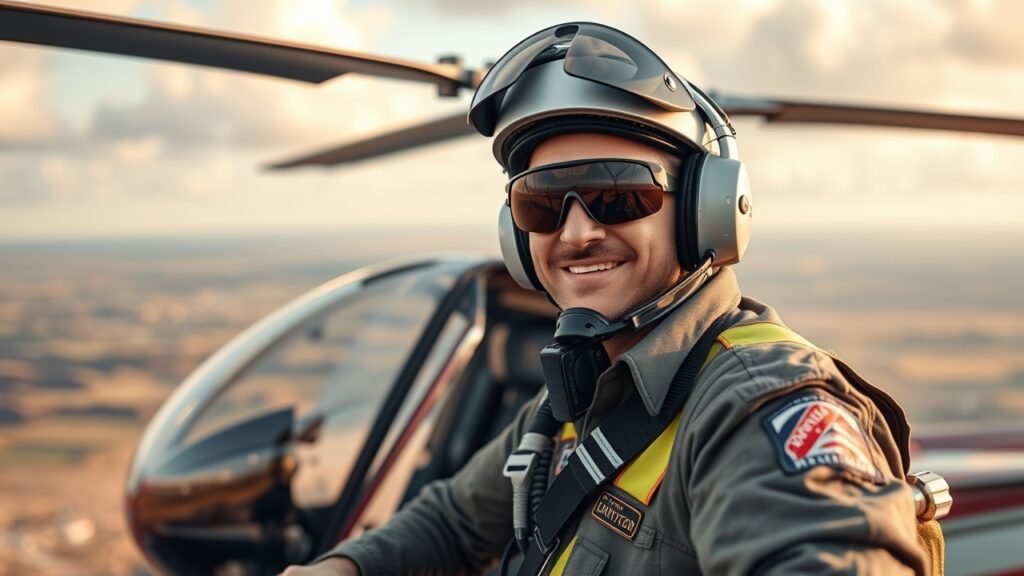
Tips for Aspiring Helicopter Pilots
For those considering a career as a helicopter pilot, there are several tips that can help them succeed in their pursuit.
First and foremost, it is important to research different flight schools and training programs to find one that best fits your needs and goals.
It is also important to network with other pilots and industry professionals to gain insight into the industry and potential job opportunities.
Additionally, aspiring pilots should be prepared for the financial commitment required to obtain their licenses and certifications.
It is important to budget for training costs and consider options for financing or scholarships that may be available.
Finally, it is important to stay focused and dedicated throughout the training process, as becoming a helicopter pilot requires hard work and perseverance.
Becoming a helicopter pilot requires a combination of education, training, and personal qualities.
It is a challenging but rewarding career path that offers a wide range of opportunities for those who are willing to put in the time and effort required to succeed.
With the right combination of skills, determination, and dedication, aspiring pilots can achieve their dream of taking to the skies as helicopter pilots.
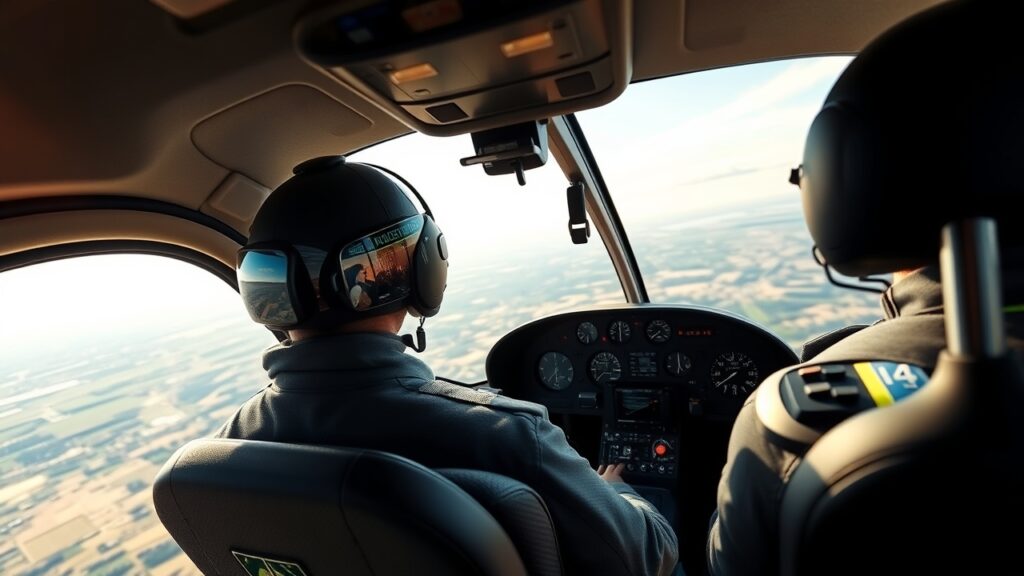
Conclusion
In conclusion, the journey to becoming a helicopter pilot is a challenging yet rewarding one. It requires a significant investment of time, effort, and financial resources.
The process begins with obtaining the necessary education, which includes a high school diploma or equivalent, followed by flight training from an FAA-approved flight school.
The next step is acquiring the necessary licenses and certifications, starting with the private pilot license (PPL).
Then progressing to the commercial pilot license (CPL), and finally, if desired, the airline transport pilot license (ATPL).
Each of these licenses requires passing written and practical exams, as well as accumulating a certain number of flight hours.
Beyond the technical skills and knowledge, becoming a helicopter pilot also demands certain personal qualities.
These include good hand-eye coordination and spatial awareness, excellent problem-solving skills, the ability to remain calm under pressure, and a strong sense of responsibility.
Moreover, maintaining physical fitness and regular medical check-ups are crucial due to the physically demanding nature of piloting helicopters.
Regularly updating one’s knowledge and skills through continuous learning and training is also essential in this ever-evolving field.
In addition to these requirements, prospective helicopter pilots should be prepared for the lifestyle that comes with this career.
This may involve irregular working hours, frequent travel, and sometimes working in challenging weather conditions.
So what does it take to become a helicopter pilot? It takes dedication, perseverance, discipline, and passion for flying.
It’s not an easy path to tread but for those who have always dreamt of soaring through the skies in command of their own helicopter – it’s undoubtedly worth every bit of effort.
Remember that every journey begins with a single step. If you’re considering this career path, start by researching flight schools in your area or online aviation programs.
Speak with current pilots to gain insights into their experiences. And most importantly – never lose sight of your dream. With hard work and determination, you too can join the ranks of helicopter pilots.

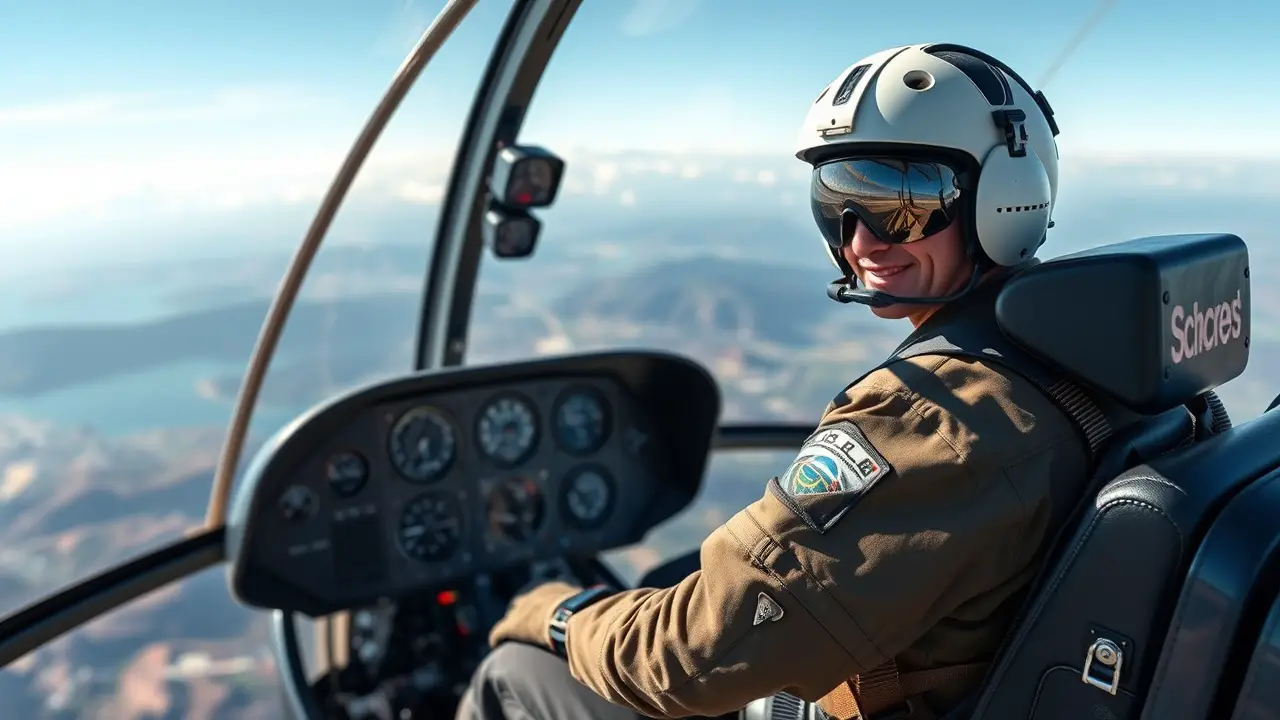
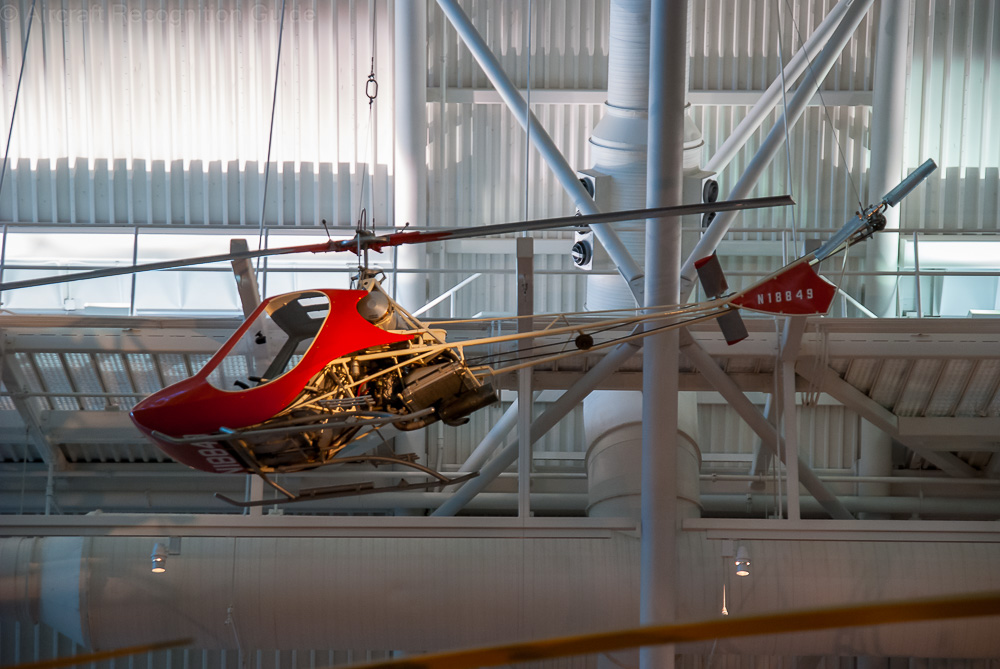


Leave a Reply